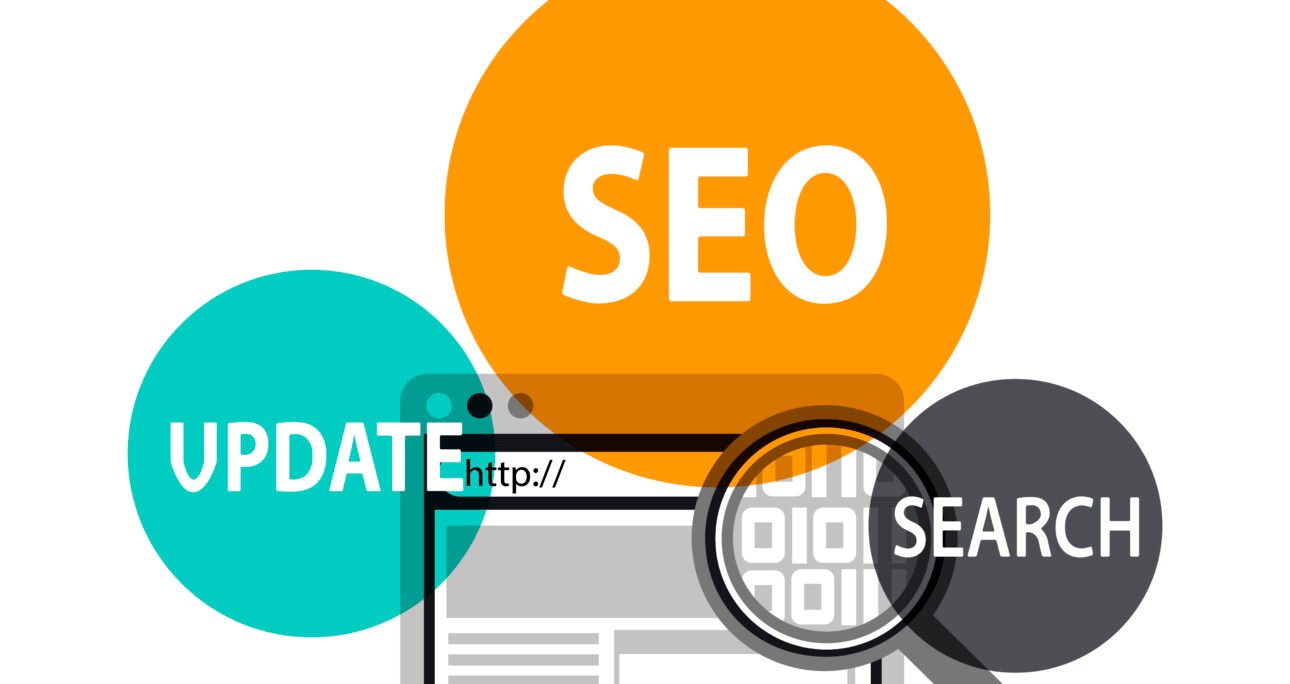In the digital-first age, your website is no longer just an online brochure—it’s your 24/7 marketing machine. But even the prettiest sites can utterly fail to deliver on traffic if they‘re not search engine optimised. The reality is that SEO (Search Engine Optimisation) is no longer all about keywords anymore. It’s also about structure, user experience, speed, and a host of other factors.
If your site isn‘t appearing on Google or you‘re receiving zero organic traffic, it’s likely that you‘re making some very significant but easily rectified errors.
Let‘s examine the 7 most prevalent website blunders that damage your SEO and see how to correct them.
1. Slow Page Speed
Google has been vocal and adamant: page speed is important. By 2025, users anticipate sites to load in less than 3 seconds. Anything longer, and you’re losing prospects and rankings.
Why is it damaging SEO?
1. Unsustainable high bounce rate due to user frustration
2. Google sanctions slow-loading pages
3. Poor mobile experience
4. How to correct it:
5. Compress images with TinyPNG
6. Minify CSS, JavaScript, and HTML
7. Opt for a fast hosting provider
8. Enable browser caching and lazy loading
9. Identify and resolve problems using Google PageSpeed Insights
2. Duplicate or Missing Meta Tags
Meta tags like title tags and meta descriptions don’t exist to be decorative. They assist search engines in comprehending your page content and determine click-through rates from search engine results pages.
Why is it damaging to SEO?
1. Search engines are stumped without title and description tags
2. Duplicate tags on pages indicate low-quality or unstructured content
3. Users are less likely to click on unoptimized listings
How to correct it:
1. Utilize unique and keyword-rich title tags on each page
2. Composing engaging meta descriptions that reflect user intent
3. Keep titles under 60 characters and meta descriptions below 160
4. Utilize SEO plugins such as Yoast or Rank Math if using WordPress
3. Unoptimized Images
Pictures make your site look nice, but not optimised, they can actually do more harm than help.
Why is it bad for SEO?
1. Big file sizes slow down page loading
2. No alt text equals lost image search opportunities
3. Bad naming for images gives fewer keyword signals
How to improve it:
1. Compress images before uploading them
2. Use descriptive, keyword-rich filenames (like red-running-shoes.jpg instead of IMG_1234.jpg)
3. Always add alt text describing the picture and with inserted keywords
4. Look to next-gen formats such as WebP
4. No Mobile Responsiveness
Over 60% of web traffic is on mobile devices. Google employs mobile-first indexing, so it will mostly use the mobile version of your site to rank.
Why does it harm SEO?
1. Bad mobile design annoys users
2. High mobile bounce rate
3. Google punishes non-mobile-friendly sites
How to correct it:
1. Use responsive web design so your design changes to fit all screen sizes
2. Don’t use Flash or old technologies
3. Make buttons thumb-friendly and text readable
4. Test your site on a variety of devices and browsers
5. Use Google‘s Mobile-Friendly Test tool
5. Weak Internal Linking Structure
Internal linking links your content together and informs Google of the hierarchy of your site. It also retains users for longer.
Why does it hurt SEO?
1. Search engines struggle to crawl and index your site
2. Valuable content remains hidden or underutilised.
3. You miss opportunities to guide visitors to conversion paths
How to fix it:
1. Add links between related blog posts and product pages
2. Use descriptive anchor text instead of generic ones like “click here”
3. Create pillar content and link to it often
4. Regularly audit your internal links to ensure there are no broken paths
6. Poor Content Quality
Your content is lengthy, but is it useful? Search engines (and readers) prefer helpful, relevant, and well-structured content.
Why does it adversely affect SEO?
1. Thin content doesn’t have depth or authority
2. Duplicate content can result in penalties
3. Keyword stuffing renders content unreadable
How to correct it:
1. Care about user intent: what are they attempting to answer?
2. Develop comprehensive, unique, and engaging content
3. Use subheadings, bullet points, and imagery to make it more readable
Update older blog posts regularly to make them relevant
7. No Call-to-Action (CTA)
It’s not only about getting people to your site with SEO. It‘s about getting them to do something when they get there.
Why is it harming SEO?
1. People bounce off without interacting
2. Bad dwell time and high bounce rate
3. Missing conversion opportunities
How to correct it:
1. Add a CTA on each crucial page (e.g., “Contact Us,” “Download Guide,” “Shop Now”)
2. Use action-focused language and make it visually prominent
3. Test various CTA placements and styles for maximum effect
4. Guide users to their next step clearly and confidently
Perform a Full Website SEO Audit
Even if you resolve one or two of the issues above, it‘s crucial to look at your site as a whole. Regular SEO audits can assist you:
1. In finding technical mistakes
2. Enhancing site structure
3. Recognize out-of-date or poorly performing content
4. Identify opportunities for improved keyword targeting
Utilize tools such as:
Google Search Console
Screaming Frog SEO Spider
Ahrefs Site Audit
SEMrush Audit Tool
Conclusion: Don‘t Let Small Mistakes Cost You Big Results
SEO isn’t all about traffic—it‘s about visibility, trustworthiness, and sustainable growth. If your site is guilty of making any of these mistakes, it’s time to correct them. The quicker you do, the quicker you rise up the search engine rankings and begin to lure the right kind of visitors.
SEO is not an overnight task. It‘s an ongoing process of optimizing your site for users as well as search engines.

